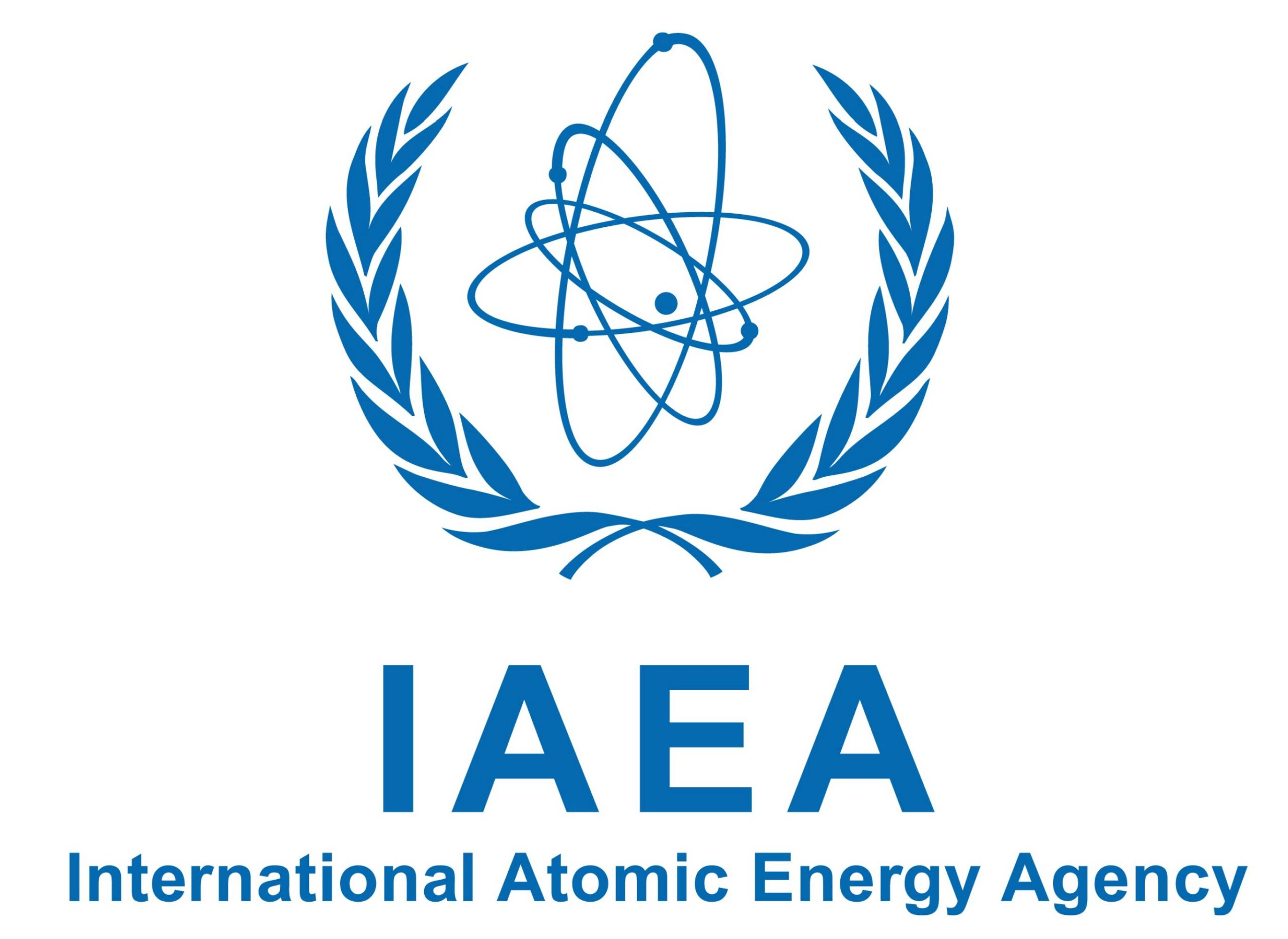Part 1 of 2 Parts
Canada has developed plans for achieving net zero carbon emissions. The plan involves a host of strategies ranging from conservation efforts to the deployment of wind and sola energy technology.
Canada is also exploring how small modular reactors (SMRs) could play a critical role in providing abundant energy as part of a low-carbon future. SMRs are a new class of nuclear reactors that are smaller in size and lower in power output than conventional nuclear power reactors.
SMR are nuclear reactor that generate up to three hundred megawatts. They will be constructed in a factory and shipped to the operational site in modules for assembly. It is hoped that standardized components and quality control available in a factory setting will make them safer, more efficient and less expensive that the currently commercial nuclear power reactors which each generate a gigawatt of power or more.
SMRs and other emerging approaches will result in spent nuclear fuel. Regardless of how much spent nuclear fuel is produced, it must be stored in isolation for a very long time.
Canada has a plan to safely contain, and isolate Canada’s spent nuclear fuel. The plan includes the spent nuclear fuel that has already been generated by the existing fleet of CANDU reactors and all the spent fuel that will be produced in the future. This includes spent nuclear fuel generated from SMRs.
In 2002, under their Nuclear Fuel Waste Act, the Canadian federal government tasked a non-profit organization, the Nuclear Waste Management Organization (NWMO), to engage with Canadians and Indigenous Peoples to devise a plan to safely contain and isolate Canada’s spent nuclear fuel. The NWMO is supposed to implement that plan to protect people and the environment for generations to come.
Canada’s plan for safely managing and isolating spent nuclear fuel involves the construction a deep geological repository. The repository will be located more than sixteen hundred feet underground in a stable rock formation. The rock will provide long-term stability against the effects of climate change, earthquakes, glacial cycles and other further geological changes.
A multiple barrier systems consisting of a series of engineered and natural barriers will safely contain and isolate spent nuclear fuel. International consensus indicates that deep geological repositories represent the safest approach for the long-term management of spent nuclear fuel. Finland, Sweden, Switzerland, France and others are all working on a similar approach.
Sara Dolatshahi is the director of strategic projects at the NWMO. She said, “Whether we’re talking about spent nuclear fuel that has been generated over the past half-century, produced by existing nuclear reactors, or new emerging fuel types that will be created in the future, it remains our responsibility and mandate to ensure used nuclear fuel is safely managed over the long term.”
The site-selection process that will host the repository has been underway since 2010. It began with twenty two municipalities and Indigenous communities that expressed interest in learning more and exploring their potential to host the project.
Please read Part 2 next
Blog
-

Radioactive Waste 892 – Canada Is Working On A Deep Geological Repository For Its Spent Nuclear Fuel – Part 1 of 2 Parts
-
Nuclear News Roundup Feb 22, 2023
Smart streaming readout system analyzes raw data from nuclear physics experiments phys.org
Estonia to prepare legislation for nuclear program world-nuclear-news.org
Iran’s uranium processing has almost reached nuclear weapons-grade purity: inspectors foxnews.com
North Korea confirms ICBM test, touts nuclear counterattack ability Aljazeera.com
-

Geiger Readings for Feb 22, 2023
Ambient office = 59 nanosieverts per hour
Ambient outside = 96 nanosieverts per hour
Soil exposed to rain water = 98 nanosieverts per hour
Blueberry from Central Market = 71 nanosieverts per hour
Tap water = 86 nanosieverts per hour
Filter water = 65 nanosieverts per hour
-

Nuclear Fusion 113 – The International Atomic Energy Agency Has Just Released A Report On Progress In Nuclear Fusion Research – Part 2 of 2 Parts
Part 2 of 2 Parts (Please read Part 1 first)
The new IAEA report dedicates each chapter to a different fusion reactor design class. Details are provided including name, status, ownership, host country and organization. Also included is a short description of the device’s goals and main features. The report also provides statistics about publication, funding and other parameters that help create a comprehensive picture of the status of global fusion research efforts.
Tokamaks and stellarators are the most common fusion research devices and the focus of much of the current research. These are toroidal devices that contain huge magnets that control the movement of plasma where fusion occurs. The plasmas in these devices are a gas of charged particles at extreme temperatures. The IAEA report shows that there are currently more than fifty tokamaks and over ten stellarators in operation around the world. The largest tokamak in the world is the International Thermonuclear Experimental Reactor (ITER). Thirty-five nations are involved in the project which is being constructed in France.
Another approach includes inertial fusion which uses high-power lasers (or other means) to heat and compress tiny spherical capsules containing fuel pellets. In December of last year, the National Ignition Facility (NIF) in the U.S. used this approach to make significant progress in fusion research. About three thousand one hundred and fifty kilojoules of energy were generated from the two thousand kilojoules energy input from its one hundred and ninety two lasers.
Omar Hurricane is the Chief Scientist for the Inertial Confinement Fusion Program Design Physics Division, Lawrence Livermore National Laboratory, U.S. He said, “This year we find ourselves in a position where we can talk about the milestones of burning plasmas, fusion ignition, and target energy gain greater than unity in the past tense – a situation that is remarkable.”
The report also provides details about alternative designs that scientists continue to research for producing fusion. For example, when two ion beams generated by particle accelerator collide, fusion takes place at the collision point. While hydrogen isotopes are the most popular fuels for fusion research, isotopes of other elements are also being tested. One approach is to fuse a single proton with a boron-11 nucleus.
To demonstrate that fusion can effectively produce electricity, there are increasing efforts towards design and construction of demonstration fusion power plants or DEMOs. The report also dedicates a chapter to the twelve DEMO concepts at various stages of development in China, Europe, Japan, Russia, the Republic of Korea, the United Kingdom and the United States. Varying target completion dates span the next three decades. Barbarino said, “We’ve made significant progress in understanding fusion and its science, but there is still much work to do before it can become a practical source of electricity.”
Billions of dollars are being poured into fusion research by public and private entities. The world is now involved in a fusion race and the race is heating up. Great wealth awaits the companies who are able to harness nuclear fusion for commercial energy production and other uses. Achieving practical nuclear fusion will solve many problems related to energy production. -
Nuclear News Roundup Feb 21, 2023
Cost of EDF’s new UK nuclear project rises to $40 billion uk.finance.yahoo.com
China starts building long-distance nuclear heating pipeline world-nuclear-news.org
EDF posts record loss in France due to reactor outages world-nuclear-news.org
Georgia nuclear plant again delayed at cost of $200M more apnews.com
-

Geiger Readings for Feb 21, 2023
Ambient office = 86 nanosieverts per hour
Ambient outside = 122 nanosieverts per hour
Soil exposed to rain water = 121 nanosieverts per hour
Avocado from Central Market = 124 nanosieverts per hour
Tap water = 145 nanosieverts per hour
Filter water = 132 nanosieverts per hour
-

Nuclear Fusion 112 – The International Atomic Energy Agency Has Just Released A Report On Progress In Nuclear Fusion Research – Part 1 of 2 Parts
Part 1 of 2 Parts
The International Atomic Energy Agency (IAEA) is an intergovernmental organization that seeks to promote the peaceful use of nuclear energy and to inhibit its use for any military purpose, including nuclear weapons. It was established in 1957 as an autonomous organization within the United Nations system; though governed by its own founding treaty, the organization reports to both the General Assembly and the Security Council of the United Nations, and is headquartered at the UN Office at Vienna, Austria.
The first experiments focused on nuclear fusion took place in the 1950s. Over the following decades, creating sustained nuclear fusion has been a great challenge for scientists and engineers. Currently, new discoveries are being made on an almost daily basis. The virtually limitless energy possible with controlled nuclear fusion should be unleashed in the near future.
Over the decades of research on fusion a number of different basic designs have been developed and constructed. These designs include tokamaks, stellarators and laser-based implosion devices. They are advancing the promise of nuclear fusion for energy generation that will transform our world.
There are currently over one hundred and thirty experimental public and private fusion devices in operation, in construction or planned around the globe. These are based on a number of different approaches to producing fusion reactions and have a variety of designs.
In order to review this multitude of devices, the IAEA has just published a new report titled World Survey of Fusion Devices 2022. This new survey further elaborates the information currently available on the IAEA’s online database called Fusion Device Information system (FusDIS).
Matteo Barbarino is an IAEA Nuclear Plasma Fusion Specialist. He said, “When it is realized, fusion would benefit every country and work alongside nuclear energy and other forms of sustainable energy, supporting climate change mitigation and contributing to the energy mix. Fusion could benefit virtually every country and that is one of the reasons why it is so important. All over the world, researchers and engineers are exploring different fusion device designs to move progress forward. And our new publication provides a comprehensive overview of fusion research and development activities from the perspective of those devices capabilities.”
Nuclear fusion is a process in which light atomic nuclei combine to form the nucleus of a heavier element. A huge amount of energy is release by this process. The stars in the sky burn for billions of years powered by nuclear fusion. However, achieving sustained and controlled fusion reactions in a practical setting on the surface of the Earth is associated with a large number of scientific and technical challenges. To sustain such a reaction, the fuel must be confined and maintained at intense pressures and extremely high temperatures several times hotter than the center of the Sun.
Considerable progress continues to be made in laboratories all over the world. More than thirty countries have carried out experiments with different fusion devices. The researchers often successfully achieve fusion reactions. However, they can only sustain operation for short periods of time. None of the experiments to date have been able to generate useful amounts of energy.
Please read Part 2 next -
Nuclear News Roundup Feb 20, 2023
Where does nuclear energy in Wales go from here? MPs quiz UK Government ministers and experts committees.parliament.uk
Israel: all options on table to stop nuclear Iran tv7israelnews.com
U.S. stages joint air exercises with Asian allies after North Korea’s ICBM launch reuters.com
Russia accuses Kyiv of planning to stage nuclear incident reuters.com
-

Geiger Readings for Feb 20, 2023
Ambient office = 80 nanosieverts per hour
Ambient outside = 100 nanosieverts per hour
Soil exposed to rain water = 99 nanosieverts per hour
Asparagus from Central Market = 108 nanosieverts per hour
Tap water = 135 nanosieverts per hour
Filter water = 102 nanosieverts per hour
-
Nuclear News Roundup Feb 19, 2023
Pakistan and IAEA Accelerate Nuclear Cooperation to Address Climate, Food and Health iaea.org
Pallas construction permit granted world-nuclear-news.org
Bill would create committee to study workforce needs of nuclear, hydrogen industries in Nebraska journalstar.com
Fortum granted license extension for Loviisa world-nuclear-news.org
